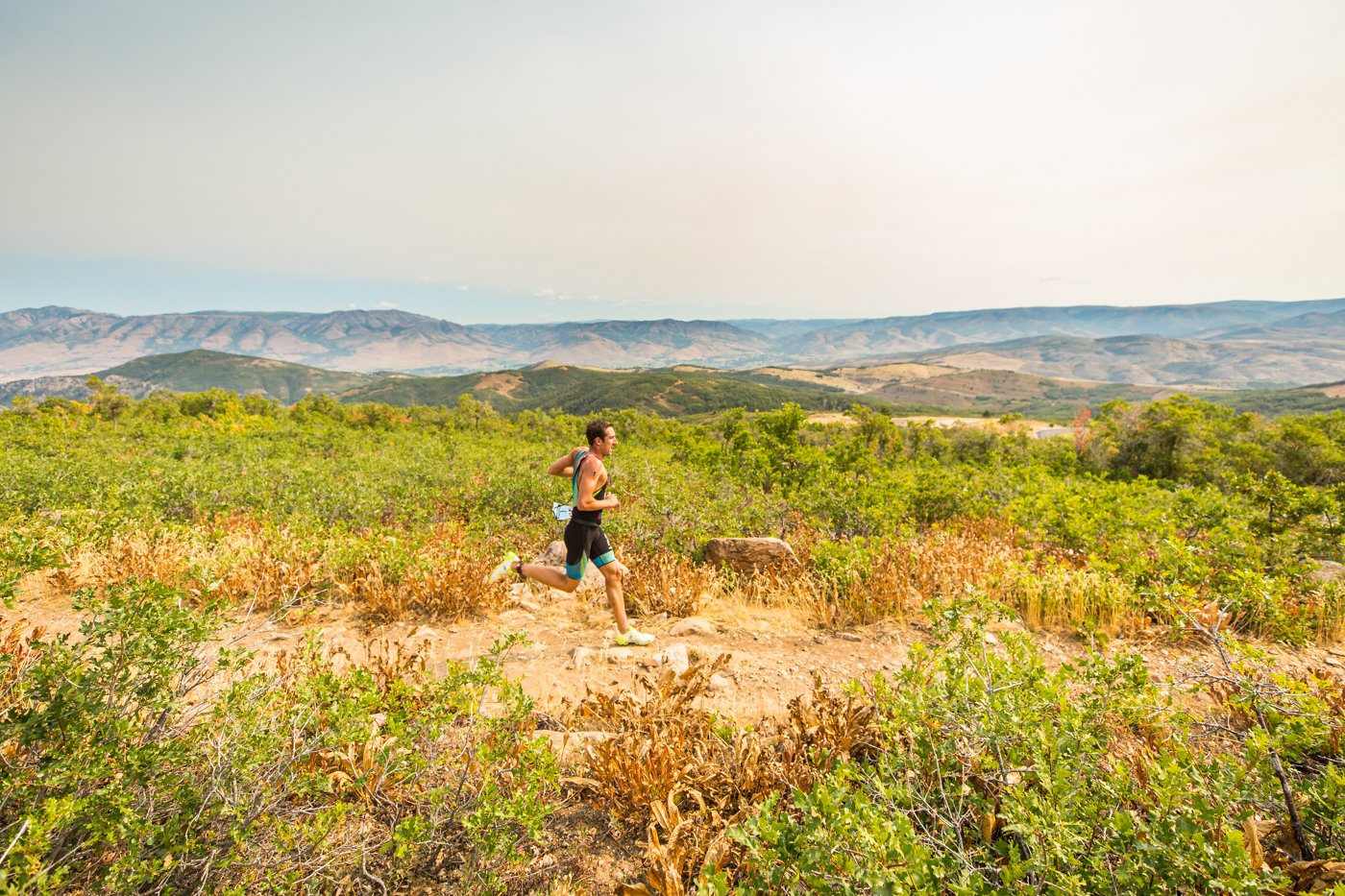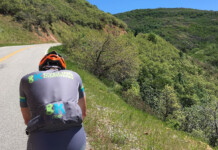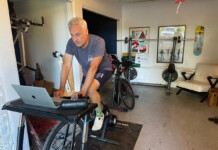This is an exciting time of year for cyclists. Depending on how one spends time over the winter, a rider may have done more or less indoor cycling over the past few months. Cyclocross and mountain bikes can provide additional outdoor riding options when roads become slick or otherwise unwelcoming, especially when air quality down in our valleys is poor. And Fat Bikes have become increasingly popular, making abundant snowfall and lower temperatures less daunting for those determined to ride outdoors, weather be damned.

Indoor cycling studios have become a popular channel for cyclists in areas of the country where winters can be harsh, and even in regions where winters don’t include snow or drastically low temperatures. I am a big proponent of clients keeping a bike set up on a trainer or next to rollers in their home, with a computer or TV monitor, full home entertainment center or at least a good sound system readily accessible; this way, equipment is always at the ready to reduce logistical overhead when time can be dedicated to training. Even in nicer weather anytime of the year, having good indoor venues in place as back up can be helpful when schedules reduce our exposure to daylight or keep us homebound when we need to squeeze in a workout.
This type of specificity training can satisfy a strong desire to pedal through the winter, or for athletes competing in disciplines that fall outside of the traditional road season, such as cyclocross and track. Indoor cycling can also help prepare an athlete specifically for early season road or MTB events, enabling saddle time even when the weather outside is frightful. Of course, even with access to such outlets, frequent trips south and to warmer parts of the country are helpful in accommodating real ride time, as well as to prevent boredom and burnout.
All that said, as a bike fitter and biomechanics consultant, I am often hired not only to optimize an athlete’s road, triathlon, track or off-road bike for improved performance and comfort. I am also frequently addressing issues that have arisen due to a lack of proper crosstraining, as well as due to prior fit imperfections, bodily imbalances, injury or rehabilitation from surgery. Which is why I am a big proponent of balance in training.
Three client examples come to mind:
Flavia Oliveira is a top professional female road racer, a member of the Brazilian National team, who enjoyed an excellent 2013 season. I generally coach cyclists in a manner conducive to excelling over the course of a long season, often culminating in major regional, national or international events held mid to late summer. Not only is it important to establish ideal tapering and peaking cycles specific to a rider’s unique physiology; an athlete’s body must also have a breadth and depth of core and other strength necessary to facilitate and sustain training and racing workloads over the course of most of a year. This an area where Flavia’s conditioning sets her apart from many competitors; her “off” and pre-season regimens include plenty of core work and crosstraining.
Another client was plagued by physical ailments due in large part to too much cycling – i.e. not enough balanced training to keep core and stabilizer muscles strong. Add to that a lot of snowboarding activity in the winter, which can lead to imbalances due an athlete’s predominant orientation to one side, and it took months of physical therapy as well as crosstraining and proper bike fits to get back on track.
Other athletes I work with have come to me for help with bike fits and training with the overarching goal of injury prevention. I work in partnership with outstanding physical therapists, massage therapists and chiropractors when necessary to help athletes recover from issues or injury and get back – or stay – on track. However, it is often a matter of improper or imbalanced training that is the primary culprit.
Already early in my career working with multisport athletes, especially triathletes and biathletes, I developed a deep appreciation for bipedalism as effective crosstraining for cycling: running, hiking, trail running, snowshoeing and even classical cross-country skiing. Such outdoor activities provide excellent complementary (to cycling) outlets that provide fresh air, change of scenery and that engage muscles neglected while on the bike. There are plenty of indoor activities that facilitate bipedalism, as well, including time on a treadmill, stair climber, elliptical machine, etc.
With all of the technology being implemented in the analysis and facilitation of biomechanics, individuals are better able to tackle athletic disciplines and activity volume that previously would have made them more susceptible to injury. I am actually a good example of one of those athletes prone in the past to knee and hip issues. Now, with the latest innovations in shoe design and bike fit methodology, I am able to run several pleasurable miles at a time on asphalt or mountainous trail, and spend long days in the saddle without issues or discomfort.
As popular awareness has grown of the importance of weight-bearing and moderate impact exercise in bone health, the more important their role has become in effective training plans. Like muscle, bone is living tissue, with the capacity – and need – to adapt to forces applied to it, building cells and increasing in density. Even strength training, which focuses more on muscle development, is incidentally beneficial to bone health.
So, how does all of this relate to cycling in Utah and other Rocky Mountain areas this time of year? We have once again been forced to deal with harsh weather and bad air this winter. And although stationary trainers, rollers and indoor bikes have gotten better than ever, with many bike shops and other facilities providing indoor avenues for training, in addition to Fat Bikes increasing our options, we need balance.
Our bodies crave variety and outdoor tactile stimulation, whether from sun, earth, wind or rain/snow. They also strive for equilibrium and homeostasis, both satisfied in part by productive crosstraining.
Winter isn’t over, and the recreational as well as competitive cycling season is long and demanding. There is still time to focus on strength and variety, especially on inclement weather days. Get out there. Get after it!
Mark Deterline coached some of Utah’s and California’s top cyclists, as well as triathletes, distance runners, cross-country skiers, motocross racers and boxers.







